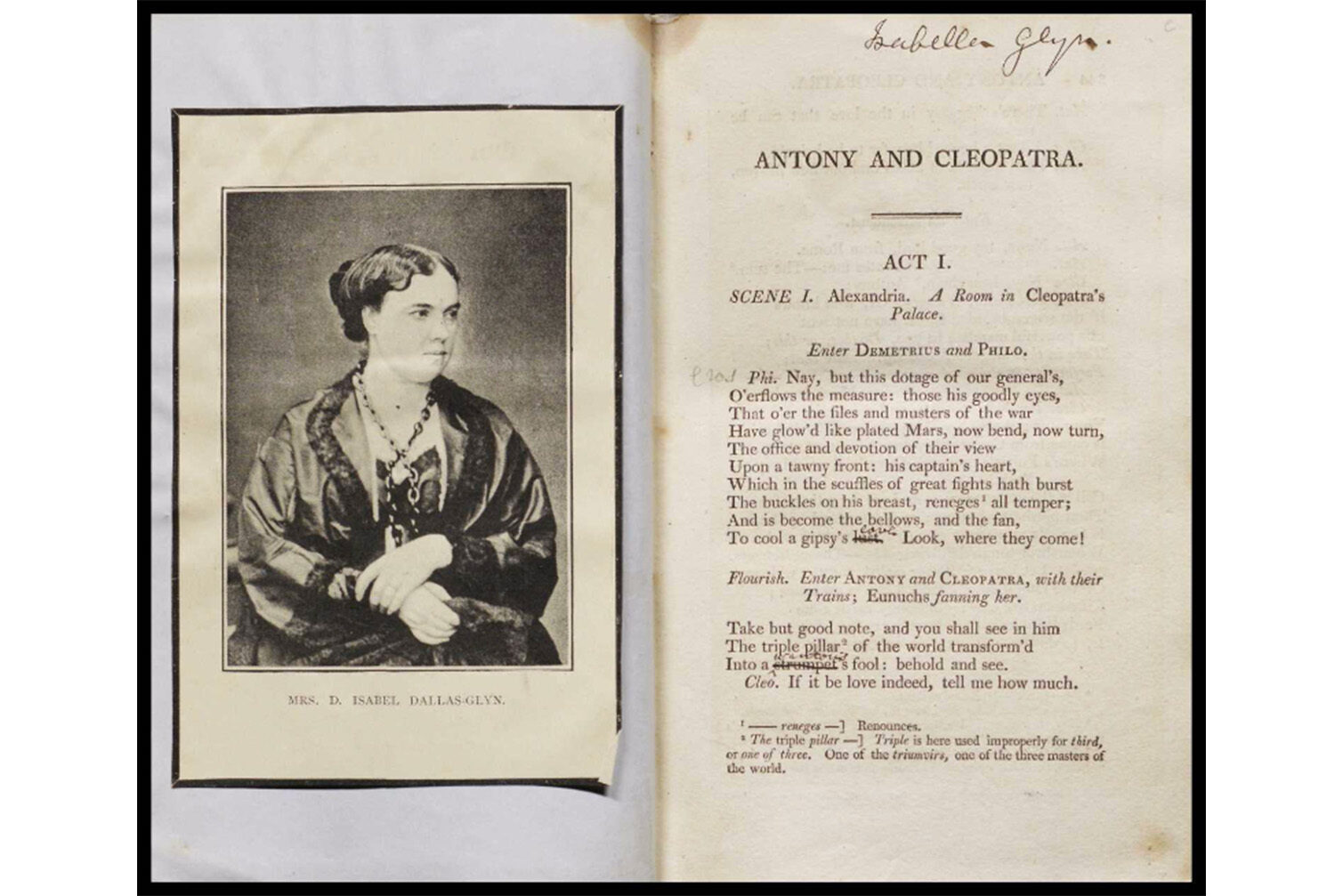Recreating the music of Shakespeare: “We can’t unhear Lady Gaga”
After the announcement of our project with Shakespeare’s Globe last month, along with the launch of Shakespeare in Performance, attending the World Shakespeare Congress and a visit to the Globe itself to watch Iqbal Khan & co’s latest staging of Macbeth I can definitely say I have got the Shakespeare bug.
I think I must have caught it in one of the plenary sessions during the World Shakespeare Congress at Shakespeare’s Globe, London held by current Director of Music, Bill Barclay, and the Globe's Founding Director of Theatre Music, Claire van Kampen.
In the session Bill Barclay discussed how our present-day perception of ‘original practice’ music is irreversibly conditioned by the music we have heard and know well. As Barclay said, we can’t ‘unhear’ the likes of Lady Gaga and friends (if only!). Barclay said the best way to really overcome this is to let the other aspects of the performance such as the action, costume and staging inform how we hear the music.
I found this an interesting concept to ponder over; in van Kampen’s words "we can recreate the music but we can’t recreate the audiences”. However, whether a bitter truth or not, van Kampen proved the former by giving a demonstration of ‘original practice’ music, expertly verifying that she certainly can ‘recreate the music’. The showcase included Adrian Woodward’s recital of various trumpet calls including alarums, parlays and senate calls that original performances would have used. This was followed by an enactment of Act IV, Scene III from Anthony & Cleopatra - as seen in this 1854 reading copy of the play found in our Shakespeare in Performance collection. The reading copy belonged to Isabella Glyn who had played Cleopatra in Samuel Phelps’ 1849 production at Sadler’s Wells, London.

Antony and Cleopatra, © Folger Shakespeare Library.

Antony and Cleopatra, © Folger Shakespeare Library.

Antony and Cleopatra, © Folger Shakespeare Library.
As the stage direction on the first page shows, the music in this scene is played from under the stage (the infernos) to unsettle the audience and characters and indicate that battle is imminent. Claire van Kampen’s demonstration of this undoubtedly recreated the looming eeriness and made me appreciate the huge effect music has on the action. I will certainly be listening just as much as watching the next time I see a play – even if it is with ears tainted by the sounds of modern music!
For more information about Shakespeare in Performance, including free trial access and price enquiries, please email us at info@amdigital.co.uk.
Recent posts

The blog highlights American Committee on Africa, module II's rich documentation of anti-apartheid activism, focusing on the National Peace Accord, global solidarity, and student-led divestment campaigns. It explores the pivotal role of universities, protests, and public education in pressuring institutions to divest from apartheid, shaping global attitudes toward social justice and reform.

This blog examines how primary sources can be used to trace the impact of young voices on society, particularly during pivotal voting reforms in the UK and the US. Explore materials that reveal insights into youth activism, intergenerational gaps, and societal perceptions, highlighting their interdisciplinary value for studying youth culture, activism, and girlhood across history.
